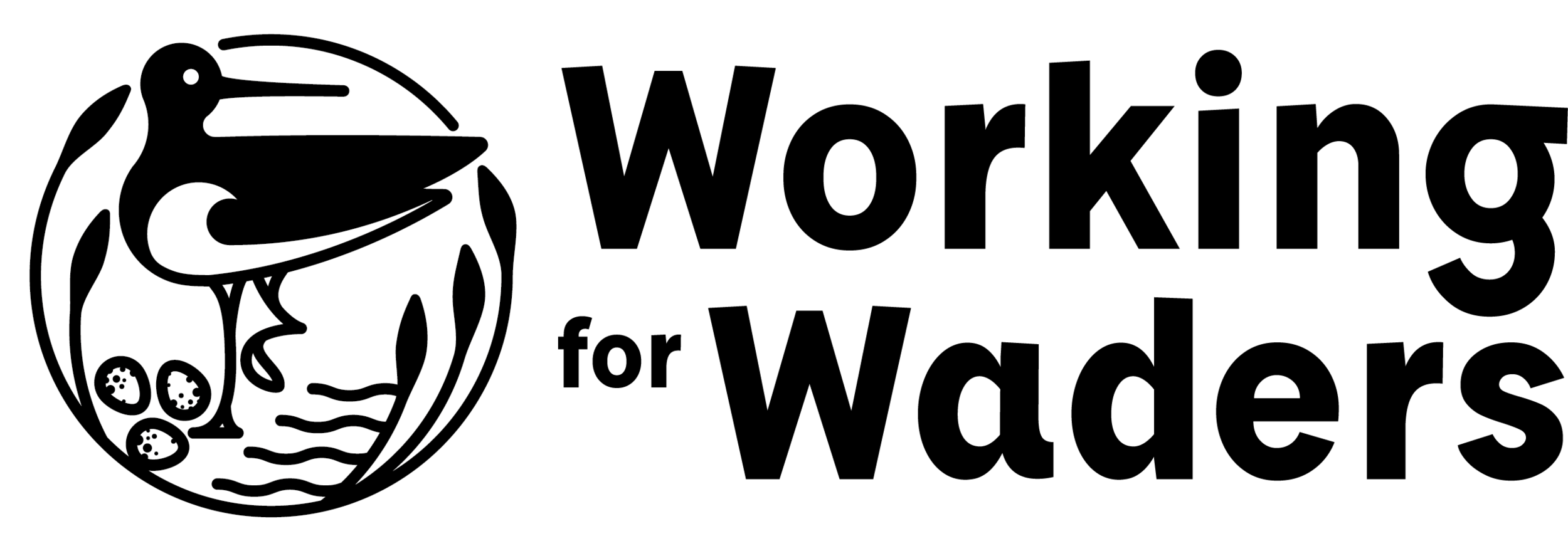Waders Return
Lapwings are back, but all is not well for these birds…
Over the next few weeks, we’d like to invite guest contributors to this blog to share their ideas on Working for Waders. The first article comes from Patrick Laurie from the Raising Awareness and Sharing Best Practice Group
Working for Waders has been receiving all kinds of wader news from across Scotland over the past few weeks, with exciting tales of lapwings and curlews moving across many parts of the country. March is a time of enormous activity for wading birds as they move to their breeding grounds for the spring, and it’s thrilling to see big flocks of lapwings, oystercatchers and curlews flying around the countryside.
But waders are not always easy to read. Many of the birds we’ve been seeing will now move away to other countries to breed, and many of our own breeding birds are still on the move. Working for Waders is linked in to international conservation work, but we face an immediate problem on our own doorstep. Research shows that life is hard for wading birds which try to breed in Scotland. Many species are failing to produce enough youngsters to replace those which die naturally during the rest of the year, and in a situation like this, the only way is down.
Lots of people have been in touch with this project to say that waders bring the spring; they're the sound of lambing, calving and the countryside on bright April days. That's true, and it's easy to assume that all is well when birds begin to display and sing above the fields. But the fact that waders are trying to breed is no indicator that they're actually succeeding, and many long-lived species like curlews or oystercatchers (which can live for more than thirty years) can return to their breeding grounds for many years without producing youngsters.
The real indicator of healthy wading bird populations is whether you can still hear adult birds calling in June or July. That's when the parents will be defending their chicks and supervising the youngsters through the many hazards they face. This kind of breeding success has become a rarity, and that means that unless we act to improve their chances, the birds will just trickle away into extinction. We can’t afford to underestimate the seriousness of this situation, and the time to act is now.
That’s why Working for Waders is striving to raise awareness at all levels this spring, spreading the word and supporting research and policy which delivers active, “on the ground” results to help improve the chances for breeding birds without delay. Working for Waders has only been in existence for a year, but already we’re backing crucial science which will make a difference. We’re also connecting other projects across Scotland and showcasing work from a range of other partners which will help to halt the decline of waders.
We’re looking forward to sharing some of this work with you in the coming weeks, and we hope that 2019 will be the year that things begin to change.
Patrick Laurie is a farmer and land manager from Dalbeattie, Galloway. He works with Soil Association Scotland to deliver their Farming with Nature program at events across the country, and he also sits on the Raising Awareness and Sharing Best Practice Group of Working for Waders.


